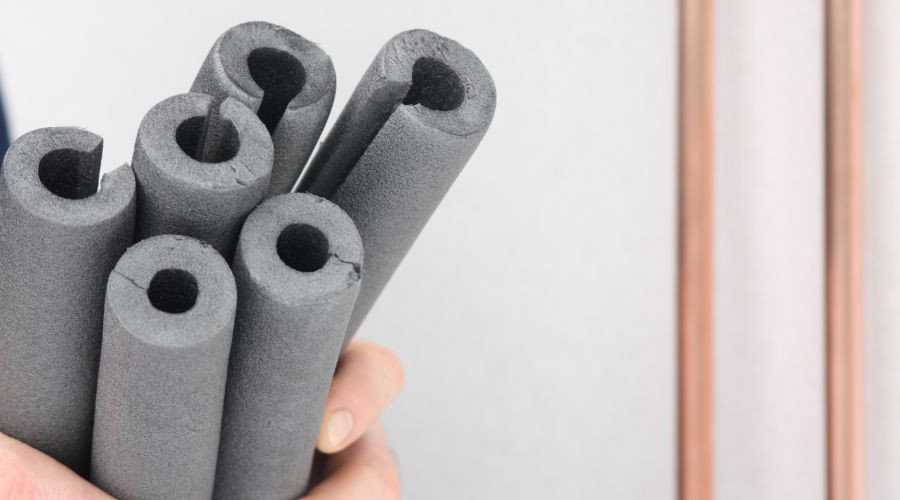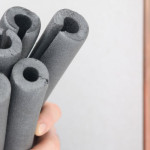Prevent Frozen Pipes With Three Simple Tips
Freezing pipes are nothing to joke about. It is about more than just being without water due to the cold. It is about burst pipes and the damage that particular problem can cause. This can lead to serious structural damage to the home and yard, particularly in cases where the pipe bursts beneath the slab of the home. Steps can be taken to help prevent these incidents from happening and protect the entire home from freezing pipes.
Tip #1: Insulate Pipes
 Insulating pipes may seem daunting, but it is optional for all pipes. The pipes covered with drywall and exterior walls have a form of insulation where they are. It is exposed pipes that should be dealt with. Examples of those types of pipes include:
Insulating pipes may seem daunting, but it is optional for all pipes. The pipes covered with drywall and exterior walls have a form of insulation where they are. It is exposed pipes that should be dealt with. Examples of those types of pipes include:
- Pipes under sinks
- Pipes in unfinished basements
- Pipes in attics
- Pipes in crawl spaces.
These pipes are often the ones affected by the most extreme temperature changes. Pipe insulation is inexpensive and easy to install, and it will be worth the effort if it prevents frozen and burst pipes.
Tip #2: Maintain Consistent Temperatures and Open Cabinet Doors
 If a frozen pipe happens and no one is around to discover it, does it make a mess? Unfortunately, the answer is yes. The temperature outside changes constantly, so if a homeowner keeps the temperature constant inside the home, it will help prevent the pipes from getting too cold and freezing. That is why even if people are not home, leaving the heat at a consistent temperature is a valuable preventative tool.
If a frozen pipe happens and no one is around to discover it, does it make a mess? Unfortunately, the answer is yes. The temperature outside changes constantly, so if a homeowner keeps the temperature constant inside the home, it will help prevent the pipes from getting too cold and freezing. That is why even if people are not home, leaving the heat at a consistent temperature is a valuable preventative tool.
If pipes burst, it will not save money in the long run to turn the heat down when the household is absent. If the cold is particularly intense, opening cabinet doors, especially those under sinks in both bathrooms and kitchens, can help the warm air reach the pipes. Heat is the best defense against burst or freezing pipes.
Tip #3: Disconnect the Hose
This may seem like a simple suggestion, but it works. As previously mentioned, exposed pipes are more susceptible to cold. Hose bibs and outdoor faucets are even more exposed, allowing cold to travel through the pipes if disconnected from water. The steps for dealing with an outdoor water faucet are listed below.
- Disconnect the hose: The first step is to remove the garden hose from the faucet.
- Drain the hose: Make sure no water is left in it to prevent damage to it from the cold.
- Store the hose: Store it out of the way in the garage or shed if available.
- Turn off water: If there is a way to divert water from this outdoor tap, do so. This is, of course, not always available.
- Cover the faucet: Hose bib covers or insulators are plastic and styrofoam bowls that fit over the faucet to prevent freezing.
About Ira Hansen and Sons Plumbing
For more than 30 years, Ira Hansen and Sons Plumbing has been offering superior service to Reno, NV, and the surrounding areas. Call today for this locally owned family company, which offers fast emergency response 24/7.



